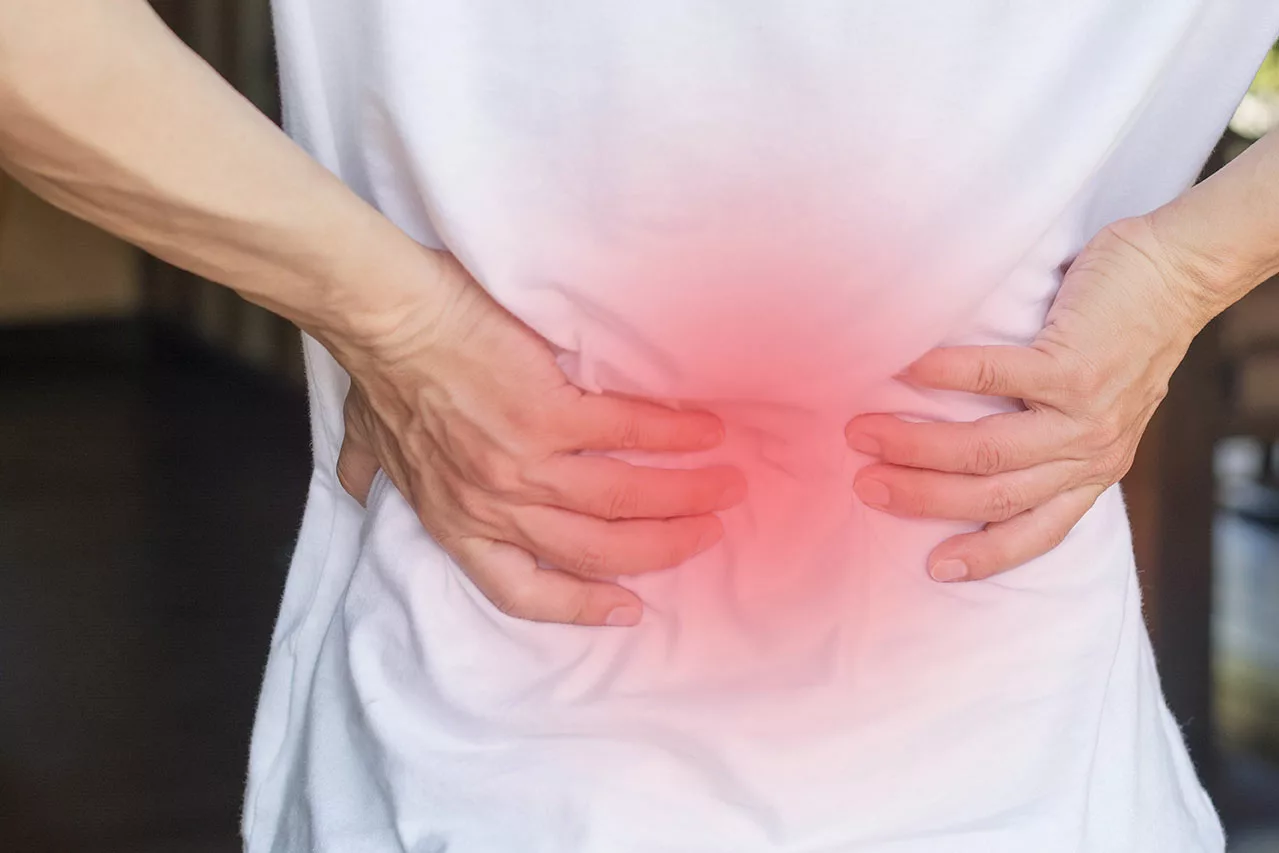Preventing Degenerative Disc Disease

Many people believe that degenerative disc disease (DDD) is a part of getting older, but that is simply not true. A healthy lifestyle can go a long way in keeping your intervertebral discs safe.
What is Degenerative Disc Disease?
The spine is made up of 24 vertebrae, as well as the sacrum and coccyx, which are separate bones. In between each one of these vertebrae is a vertebral disc; 23 discs in total. These discs have three primary functions:
- Act as shock absorbers
- Act as tough ligaments to hold the vertebrae together
- Perform as cartilaginous joints that allow for flexibility in the spine
Each disc has a soft inner layer, called the nucleus pulposa, and a hard outer layer, the annulus. As people age, the soft nuclei of intervertebral discs start to lose their softness — they dry out, a process known as desiccation.
Desiccation has two negative effects. First, the discs are less effective shock absorbers. Second, the nucleus is more susceptible to punching through the annulus, which is a common condition called disc herniation. This creates bulges in the disc, and if these bulges press on a nearby nerve root, it can cause back pain, radiating pain, or numbness, weakness or tingling in the arms or legs.
Preventing Degenerative Disc Disease
Degenerative disc disease is a chronic condition and often a slow process. You likely will have some time between your first tinge of back pain and very dried out discs. Many things can be done to lower the risk or progression of DDD.
- Stop smoking, or better yet, don’t start — smoking increases the rate of desiccation
- Be active – regular exercise to increase the strength and flexibility of muscles that surround and support the spine
- Lift with proper body mechanics to avoid stressing your spine and herniating your discs
- Maintain a healthy body weight — a high BMI places additional stressors on the spine
- Reduce alcohol intake
- Use vitamins and supplements, such as calcium, iron, and zinc to help maintain healthy bone structure (check with a doctor first)
Surgical treatment options
Most treatments for degenerative disc disease are non-surgical. However, when all other options have failed and intense pain persists longer than six months, a spinal fusion may be considered for degenerative disc disease. Spinal fusion is a surgical procedure to connect (fuse) two or more vertebrae. The goal of the surgery is to reduce pain and improve spine stability.
During spinal fusion, a bone graft or a bonelike material is placed within the space between two vertebrae. Metal plates, screws and rods may be used to hold the vertebrae together properly while they heal. The fusion process imitates the normal healing process of broken bones, forcing the vertebrae to heal into one solid bone. The surgery eliminates motion between the vertebrae being fused, thus reducing back pain and providing more stability to the spine.
A spinal fusion is the most common procedure used for degenerative disc pain; however, artificial disc replacement has become more widely used in recent years as devices and surgical methods have improved. Artificial disc replacement replaces the damaged disc with a new one made from plastic and metal. Disc replacement is a major surgery that requires a hospital stay.
Both types of surgery are considered elective, meaning the patient decides whether or not they wish to have surgery performed as a treatment.
If you are having back pain and would like more information about degenerative disc disease, contact our office today to schedule an appointment. One of our specialists will be able to discuss diagnosis and treatment options.
